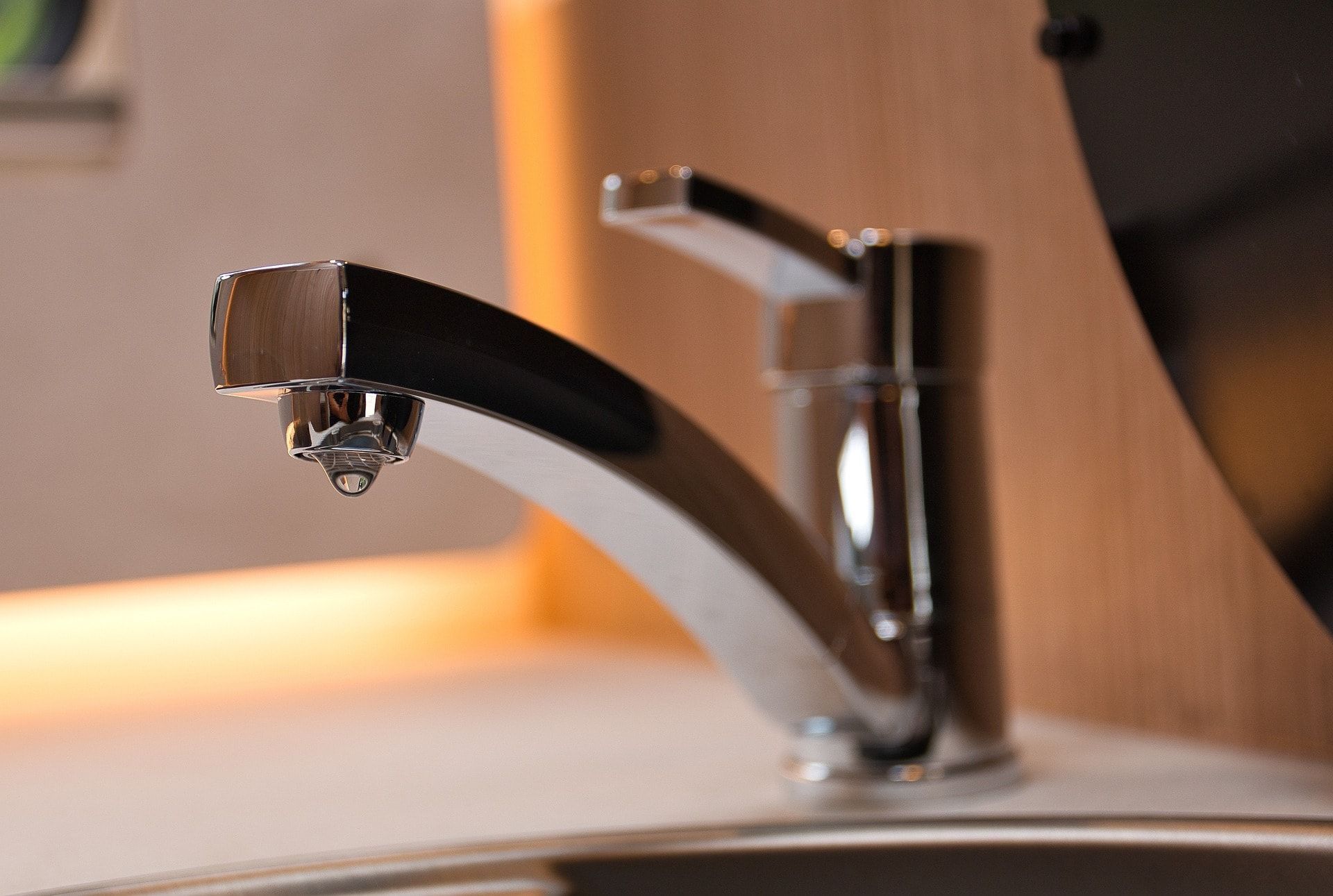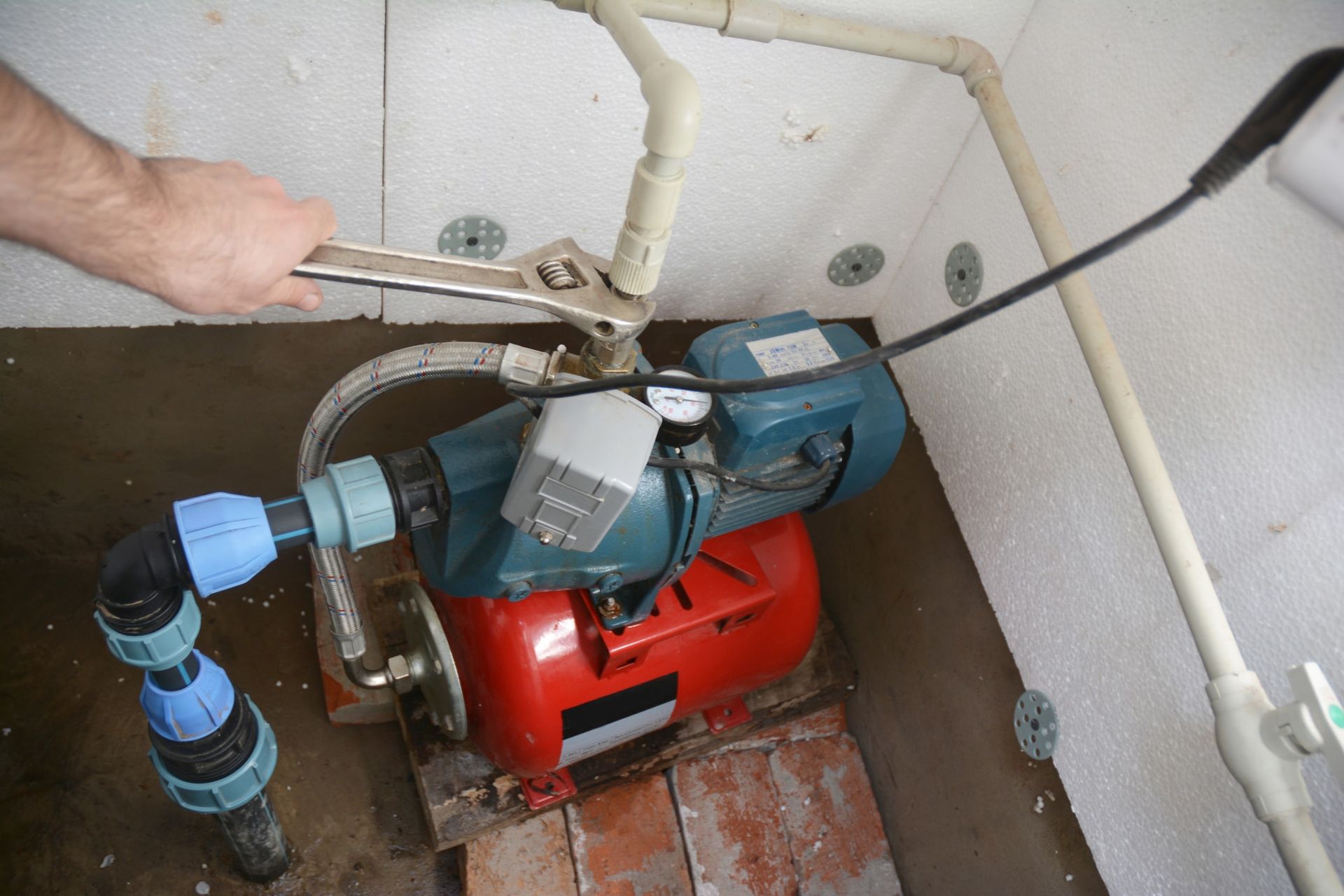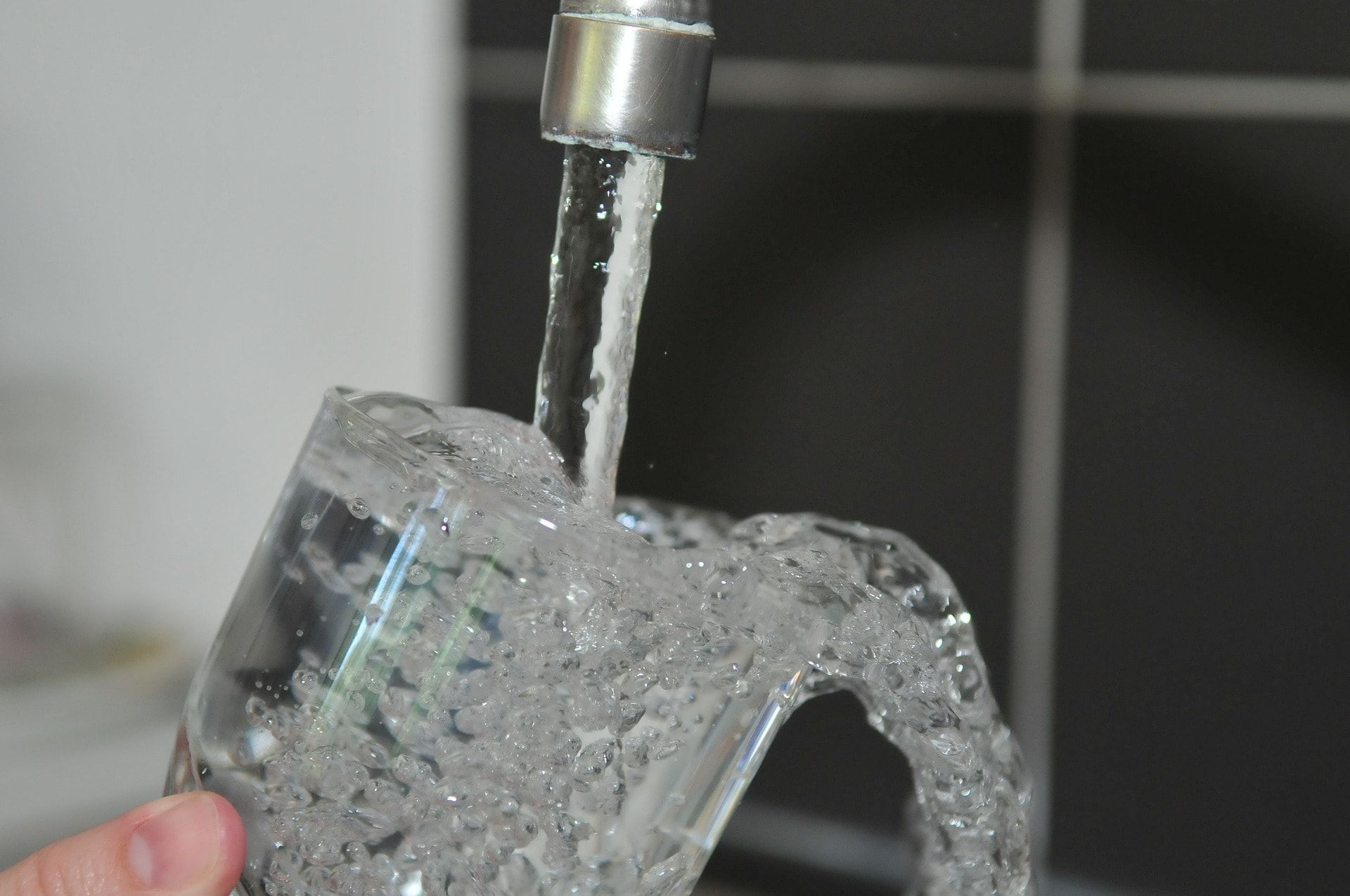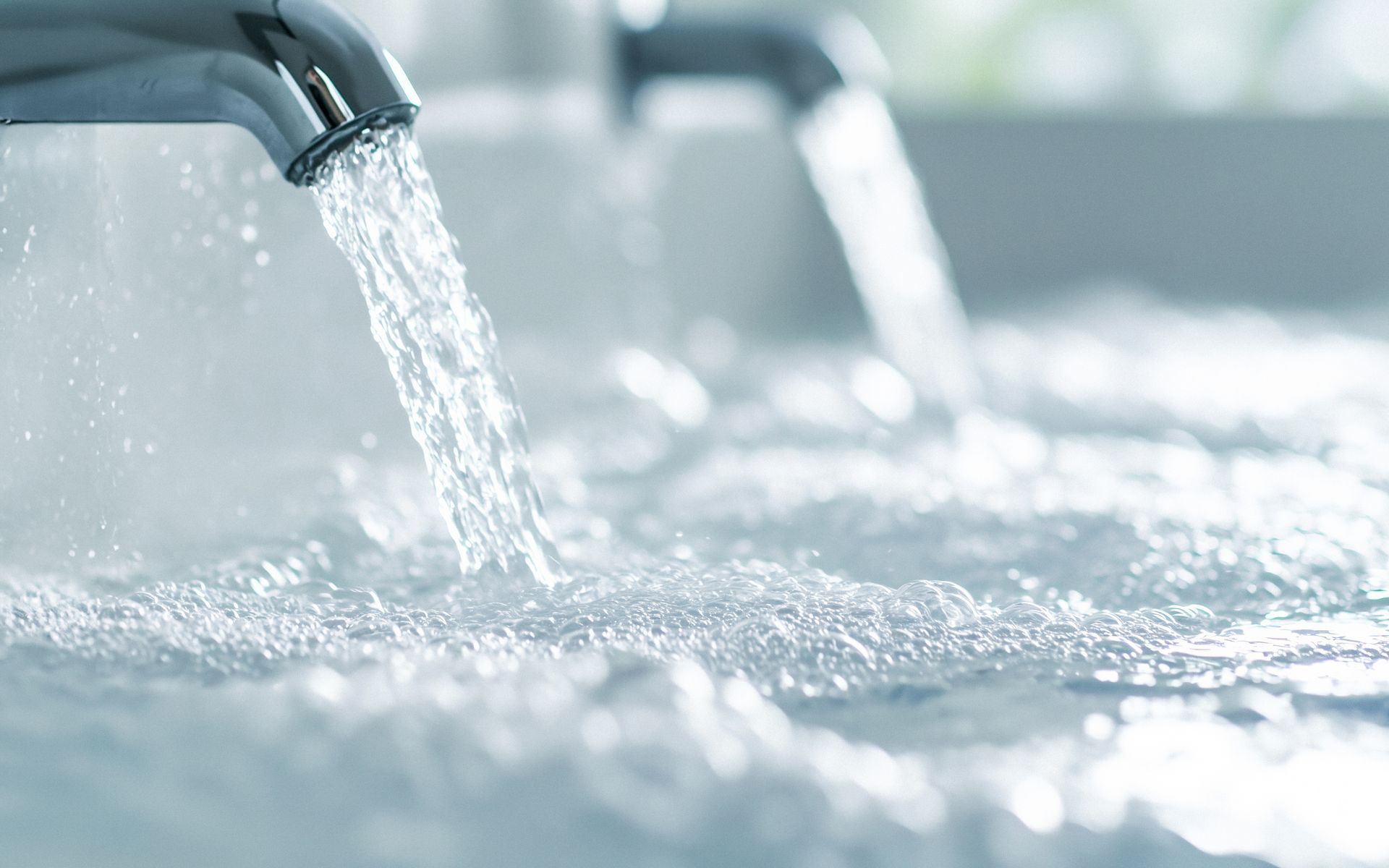Water treatment, water testing, well drilling and hydro-fracking services for VT, NH, and MA.
Do you need emergency well water service?
How Long Does Well Pressure Tank Last
Are you curious about how long well pressure tanks last? These tanks generally last 5 to 15 years, but factors like maintenance and water quality can change this. In this article, we cover everything you need to know about the lifespan of well pressure tanks and how to keep yours running longer.
Key Takeaways
- A well pressure tank typically lasts between 5 to 15 years, depending on maintenance, water quality, and usage frequency.
- Key signs that a well pressure tank needs replacement include water pressure fluctuations, unusual noises, and visible leaks.
- Regular maintenance, proper installation, and prompt attention to minor repairs are essential for prolonging the lifespan of well pressure tanks.
What is a Well Pressure Tank?
A well pressure tank is an essential component of your water system, responsible for storing water and regulating air pressure to ensure a consistent flow throughout your home. Typically located in the basement or utility closet for easy access, these tanks are designed with a bottom bladder filled with water and a top section containing compressed air. This setup helps maintain optimal water pressure and reduces the wear on your well pump by minimizing the frequency of pump cycles.
Commonly, well pressure tanks come in types such as bladder tanks and diaphragm tanks, known for their reliability and efficiency. The optimal pressure setting for a well pressure tank is usually around 60 psi, with a standard pre-charge air pressure of 38 psi.
When you start using water, the pressure drops to about 40 psi, signaling the pump turning on to replenish the pumped water supply. This cycle helps maintain a steady flow and pressure, ensuring your plumbing system operates smoothly.

Signs Your Well Pressure Tank Needs Replacement
Recognizing the signs that your well pressure tank needs replacement can prevent small issues from becoming major problems. Key indicators include water pressure fluctuations, unusual noises, and visible leaks or water damage. Each of these signs points to underlying issues that, if addressed promptly, can save you from costly repairs and potential system failures.
Water pressure fluctuations are often the first sign of trouble. If your water pressure is inconsistent, it could indicate problems with the pressure tank or even leaks within your home. Unusual noises, such as gurgling or hissing, can also signal that something is amiss with your tank.
Lastly, visible leaks or water damage around the tank area are clear indicators that your well pressure tank might be failing and needs immediate attention.
Water Pressure Fluctuations
Low water pressure can be frustrating, especially when it disrupts daily routines like showering or washing dishes. Such fluctuations often indicate leaks or failures within the pressure tank. For example, leaks in your home or corrosion in the well casing can cause the pressure switch and pump to constantly switch on and off, leading to frequent pump cycling and potential damage.
Regular monitoring of your water pressure can help identify these issues early. If you notice changes in water pressure, it’s crucial to check for leaks and ensure your pressure switch settings are correct. Addressing these issues promptly can prevent more severe problems down the line. Moreover, maintaining a consistent air pressure within the tank is vital for its efficient operation.
Frequent pump cycling suggests that your well pressure tank might be failing. This issue reduces water system efficiency and increases pump wear, potentially shortening the tank's lifespan. Vigilance regarding water pressure fluctuations and regular inspections can help maintain the tank’s effectiveness.
Unusual Noises
Have you ever heard strange noises coming from your well pressure tank? Sounds like gurgling, clanging, or hissing can indicate that something is wrong and needs immediate attention. A failing bladder in the pressure tank might produce a constant clicking sound as the pump frequently starts and stops, signaling a potential issue that requires fixing.
Additionally, sporadic air spurts or ‘spitting’ from faucets can occur if the bladder in the pressure tank is leaking air, leading to inconsistent water flow. Excessive noise not only disrupts your peace but can also strain the well pump motor, potentially shortening its lifespan if not addressed promptly.
Regular maintenance and prompt repairs can prevent these issues.
Visible Leaks or Water Damage
Visible leaks or water damage around your well pressure tank are clear signs that something is amiss. Leaks can lead to significant water damage in nearby areas, affecting walls and floors and potentially leading to costly repairs. Addressing leaks promptly prevents further damage and maintains the integrity of your plumbing system.
Corrosion is another common issue that can cause leaks. Regular inspections can help identify the early signs of corrosion and allow for timely repairs. Ensuring that your well pressure tank is in good condition can save you from unexpected repair bills and maintain consistent water pressure in your home.
How Long Does a Well Pressure Tank Typically Last?
The lifespan of a well pressure tank typically ranges from 5 to 15 years, depending on various factors such as maintenance, water quality, and usage frequency. Visible corrosion on the tank and increased sediment or odor changes in the water are clear indicators of potential issues that might reduce the tank’s lifespan.
Regular maintenance extends the life of a well pressure tank. Routine checks can identify issues early, ensuring efficient operation and preventing problems like waterlogging and tank failure. Investing time in maintenance can significantly increase your tank’s lifespan.
Average Lifespan
The typical lifespan of well pressure tanks is 10 to 15 years, though this can vary depending on the tank’s quality and maintenance. Higher-quality tanks can last 5 to 30 years, with the average being around 15 years. However, air-over-water pressure tanks generally have a shorter lifespan, typically lasting 6 to 8 years.
Well pressure tanks are designed to provide consistent water pressure over many years, but their longevity depends on factors such as the materials used and the conditions they are exposed to. Regular maintenance and proper usage are key to ensuring your tank lasts as long as possible.
Factors Affecting Lifespan
Several factors can impact the lifespan of a well pressure tank. Maintenance is paramount; tanks that receive regular care tend to last longer. Water quality also plays a crucial role; poor water quality can lead to sediment buildup and corrosion, potentially causing tank failure.
Usage frequency affects the life span as well. The more a tank is cycled, the shorter its lifespan may be. Additionally, the initial quality of the tank is a significant factor, with bladder tanks being particularly designed to reduce the risk of corrosion by preventing interaction between air and water.
Importance of Regular Maintenance
Consistent maintenance is essential for extending the lifespan of a well pressure tank. Conducting routine maintenance helps prevent potential issues such as waterlogging and tank failure. Annual evaluations of your well system can catch problems early, preventing costly repairs and ensuring the tank functions properly.
Regular inspections and maintenance keep the pressure tank efficient and reduce the risk of unexpected breakdowns. Investing in maintenance ensures your well pressure tank serves you reliably for years.

Types of Well Pressure Tanks and Their Durability
Well pressure tanks come in various types, including Air-Over-Water Tanks, Diaphragm Tanks, and Bladder Tanks, each with its own set of characteristics and durability. These tanks are designed to operate effectively for a duration of 10 to 15 years, though this can vary based on the type and maintenance.
Understanding the differences between these types can help you choose the right tank for your needs. Each type has its own advantages and potential drawbacks, which we’ll explore in the following subsections.
Air-Over-Water Tanks
Air-over-water pressure tanks are designed to be maintenance-free, utilizing air volume control systems that inject air to regulate pressure. These tanks are typically made from galvanized steel or fiberglass, materials chosen for their strength and durability. While they offer the convenience of less maintenance, they are prone to failure and can require frequent upkeep.
Air volume control (AVC) tanks have more moving parts, which can lead to potential failures and necessitate repairs. Modern air-over-water tanks using fiberglass materials can prevent rusting, potentially extending their lifespan beyond traditional galvanized steel models.
Diaphragm Tanks
Diaphragm tanks utilize a flexible membrane to create a barrier between water and air. This design effectively prevents waterlogging. As water enters the tank, the diaphragm expands. Conversely, it contracts when water exits, ensuring consistent pressure. The Merrill float acts as a barrier between air and water, limiting direct air-water contact and reducing the need for recharging.
These tanks require less maintenance due to slower chemical reactions, making them a popular choice for many homeowners. Their design ensures efficient operation and longevity, provided they are properly maintained. A well tank can further enhance this efficiency.
Bladder Tanks
Bladder tanks separate water from air and compress air to create pressure, which is released for water flow. Known for their efficiency and ability to provide greater water pressure, bladder tanks are virtually maintenance-free. Depending on their quality and conditions, these tanks can last between 5 to 30 years.
However, one downside of bladder-style pressure tanks is the potential cost of installation, especially when converting from an older system. Despite this, their efficiency and durability make them a worthwhile investment for many homeowners.

How to Prolong the Life of Your Well Pressure Tank
Extending the life of your well pressure tank involves regular maintenance, proper installation, and addressing minor repairs promptly. Regular maintenance can prevent many issues, but significant problems typically require a licensed plumber’s expertise. Conducting routine inspections can help identify potential issues before they escalate.
Proactive maintenance and early issue resolution ensure your well pressure tank functions efficiently and lasts longer. Here are some practical tips to help you maintain your tank.
Regular Inspections
Regular inspections are crucial for identifying potential issues early. Inspect your tank for leaks and listen for strange noises regularly to catch problems before they escalate. Checking the pressure levels ensures the tank operates efficiently, ideally at 2 PSI below the cut-on setting.
Early detection through these inspections can prevent costly repairs and extend the lifespan of the well pressure tank. By staying vigilant, you can maintain the efficiency and durability of your water system.
Proper Installation
Proper installation is key to ensuring the efficiency and longevity of your well pressure tank. Engaging a professional for installation ensures the system operates effectively and minimizes future problems. Professional installation plays a crucial role in maximizing the efficiency and lifespan of well pressure tanks.
Professional installation enhances the efficiency and durability of your well pressure tank, reducing issues from improper installation and maintaining consistent water pressure.
Addressing Minor Repairs Promptly
Addressing minor repairs promptly is crucial to maintaining the functionality and efficiency of your well pressure tank. Regular inspections allow you to identify potential issues early, preventing them from escalating into larger problems. Timely repairs not only save money in the long run but also extend the life of the well pressure tank.
Homeowners should stay proactive about maintenance. By spending a couple of minutes each month inspecting your system, you can rapidly identify and fix minor issues before they require significant repairs or replacement. This proactive approach significantly reduces the chance of unforeseen breakdowns and ensures your well pressure tank operates smoothly.
When to Call an Expert
Knowing when to call an expert can save you from costly repairs and ensure your well pressure tank operates efficiently. If you notice that your pressure tank is empty or that water is not flowing properly from faucets, it’s time to seek professional assistance. Timely resolution of small issues can prevent them from escalating into significant and costly repairs.
Wragg Brothers Well Drilling offers professional services for well pressure tank issues. With over 65 years of experience, they can help diagnose and fix problems promptly, ensuring your water system remains reliable and efficient.
Don’t hesitate to call an expert if you encounter any issues with your well pressure tank.
Summary
In summary, understanding the lifespan and maintenance of your well pressure tank is crucial for ensuring a consistent water supply and avoiding costly repairs. Regular inspections, proper installation, and timely repairs can significantly extend the life of your tank. Recognizing the signs of potential issues, such as water pressure fluctuations, unusual noises, and visible leaks, can help you address problems early and maintain the efficiency of your water system.
By following the tips outlined in this guide, you can ensure your well pressure tank serves you reliably for many years. Remember, Wragg Brothers Well Drilling is always here to assist with any well pressure tank issues you may encounter. Stay proactive with your maintenance, and your water system will reward you with consistent performance and peace of mind.
Frequently Asked Questions
What is the typical lifespan of a well pressure tank?
A well pressure tank typically lasts between 10 to 15 years, but with proper maintenance and high-quality construction, some can last up to 30 years. Keeping your tank in good condition is key to maximizing its lifespan.
What are the signs that my well pressure tank needs replacement?
If you notice water pressure fluctuations, unusual noises, or visible leaks, it's a clear indication that your well pressure tank may need replacement. Addressing these signs promptly can prevent further complications.
How can I prolong the life of my well pressure tank?
To prolong the life of your well pressure tank, ensure regular maintenance, proper installation, and promptly address any minor repairs. Regular inspections will help you identify and fix potential issues early, preventing costly damage.
What types of well pressure tanks are available?
There are three main types of well pressure tanks: Air-Over-Water Tanks, Diaphragm Tanks, and Bladder Tanks, each with unique features and benefits. Understanding these options can help you choose the right tank for your needs.
When should I call a professional for my well pressure tank?
Call a professional if your well pressure tank is empty, water isn’t flowing properly from faucets, or you face issues beyond your capability to fix. Addressing these concerns early can help avoid more extensive and costly repairs.
All Rights Reserved | Wragg Brothers Well Drilling


